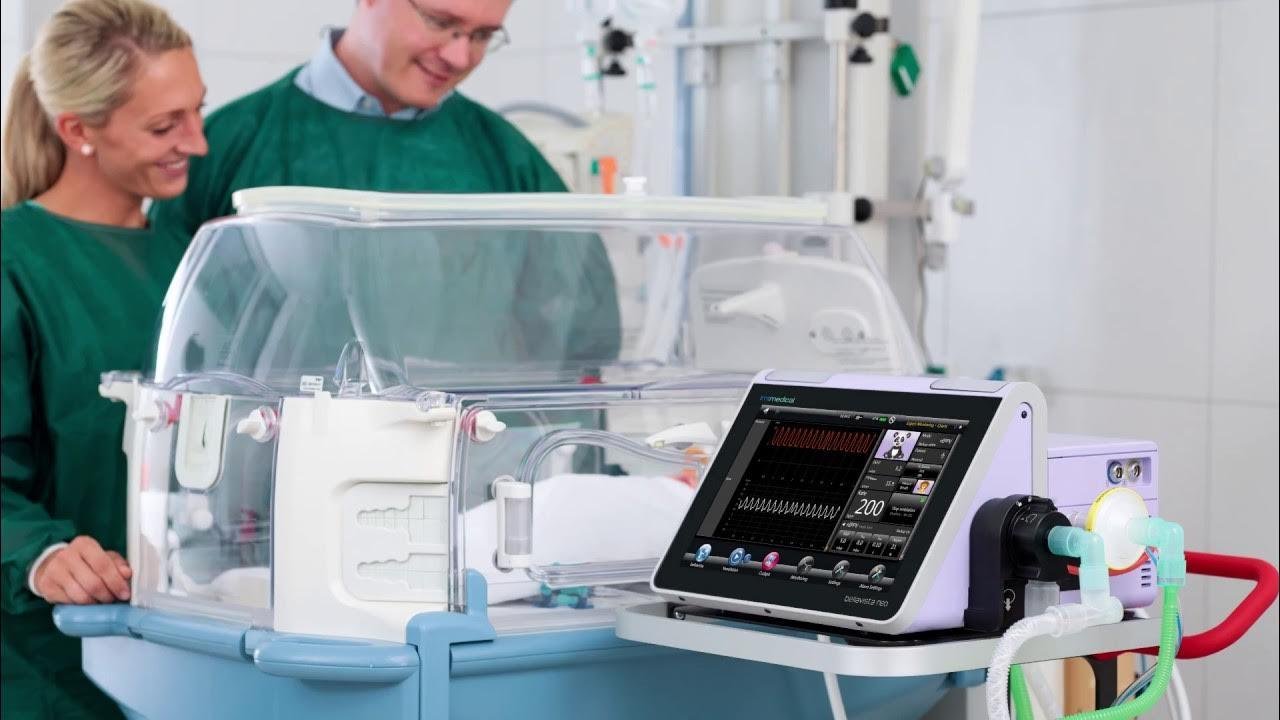Neonatal Monitoring Equipment Market Threatened by Skilled Labor Shortage and Device Reliability Issues

The neonatal monitoring equipment market has witnessed considerable growth over the past few years, driven by rising birth rates, technological advancements, and increasing awareness regarding infant health. These devices are critical in monitoring the vital signs of newborns, especially premature and low birth-weight infants. However, despite promising growth projections, the market faces several key threats that could potentially slow or disrupt its upward trajectory.
High Cost and Affordability Barriers
One of the most significant threats to the neonatal monitoring equipment market is the high cost of devices and installation. Advanced neonatal monitors integrated with IoT, AI, and real-time data capabilities come at a premium. This is particularly challenging for low-income and developing countries where hospital budgets are limited, and healthcare expenditure is low. Many healthcare providers struggle to afford regular upgrades or replace outdated equipment, limiting adoption rates. As a result, the high cost acts as a bottleneck for market expansion in price-sensitive regions.
Stringent Regulatory Environment
The neonatal monitoring equipment market is highly regulated, with strict compliance requirements from authorities like the FDA (U.S.), CE Marking (Europe), and other regional bodies. These regulatory frameworks, while essential for ensuring patient safety, create barriers to entry for new manufacturers. Moreover, delays in approvals can slow down product launches and reduce the window for gaining a competitive advantage. Startups and small-scale innovators are often the most affected, as they may lack the resources to navigate complex approval pathways.
Technical Challenges and Device Limitations
Even though neonatal monitors have advanced significantly, technical issues and limitations continue to pose a challenge. False alarms, sensor malfunctions, and difficulties in continuous monitoring can impact the reliability of these devices. Moreover, neonatal patients have fragile physiology, making it difficult to design sensors that are both accurate and non-invasive. If not addressed properly, these technology-related risks could erode user confidence and impact adoption among neonatal intensive care units (NICUs).
Cybersecurity and Data Privacy Risks
With the integration of IoT and cloud-based systems, neonatal monitors are now more vulnerable to cyberattacks and data breaches. Sensitive health data of newborns must be protected under various data protection regulations such as HIPAA (U.S.) and GDPR (EU). Failure to comply with these regulations or a potential cyber incident can result in legal penalties and loss of brand trust. As healthcare systems become increasingly digital, cybersecurity threats loom large over the neonatal monitoring equipment market.
Lack of Skilled Healthcare Professionals
The operation of neonatal monitoring equipment requires specialized knowledge and training. In many parts of the world, especially rural or underdeveloped regions, there is a shortage of skilled healthcare personnel who can effectively use and interpret neonatal monitoring devices. This shortage not only hampers optimal equipment usage but also increases the risk of human error. The lack of trained staff can delay diagnosis and treatment, undermining the core purpose of these devices.
Market Saturation in Developed Regions
In North America and Western Europe, many hospitals have already adopted neonatal monitoring technologies. This results in a saturated market where growth largely depends on the replacement cycle or technological advancements. As a result, new market entrants may find it difficult to gain significant traction unless they offer innovative features or cost-effective solutions. Additionally, intense competition in these mature markets can lead to price wars, affecting profit margins.
Supply Chain Disruptions and Economic Volatility
The COVID-19 pandemic highlighted the fragility of global supply chains for medical equipment. Disruptions in the availability of raw materials, semiconductor chips, or logistics services can severely delay the production and delivery of neonatal monitors. Furthermore, economic downturns, geopolitical tensions, and currency fluctuations can impact the cost and availability of components, making the business environment more uncertain.
Conclusion
While the neonatal monitoring equipment market continues to evolve with strong growth potential, it is crucial for stakeholders to understand and address the various threats facing the industry. These include affordability issues, regulatory hurdles, technical limitations, cybersecurity risks, and labor shortages. Companies that can proactively mitigate these challenges through innovation, training, cost reduction, and regulatory compliance will be better positioned to succeed in an increasingly competitive and complex market environment.





